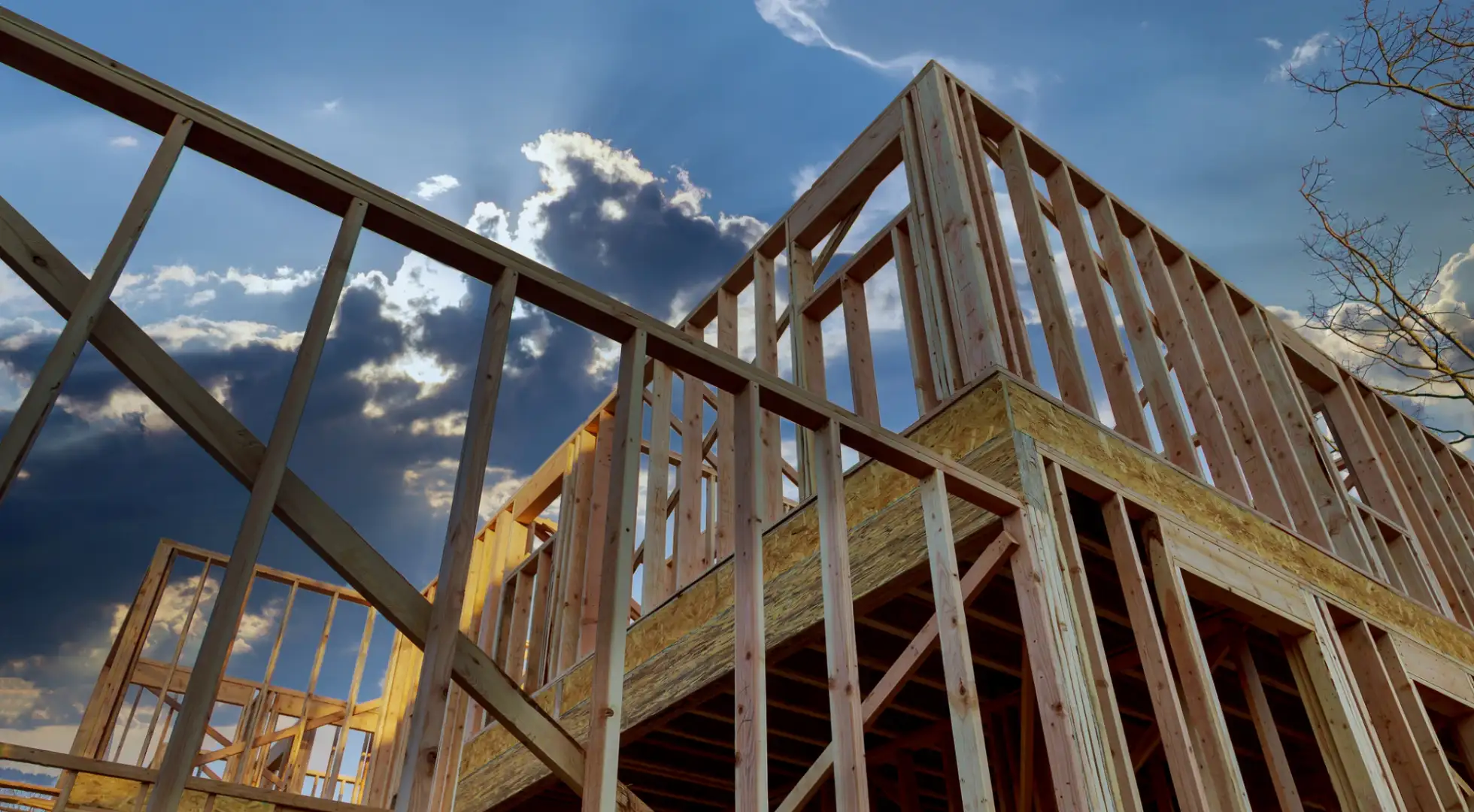U.S New-Home Sales Dip by 6% on Supply-Chain Snafus

New-home sales fell in May as a shortage of available properties stymied house-shoppers eager to take advantage of low mortgage rates.
Builders sold 769,000 houses at an annualized and seasonally adjusted pace, a decline of 5.9% from the revised April rate of 817,000, the Commerce Department said Wednesday in a report that counts signed contracts as sales. Economists had expected sales would drop for a second consecutive month as builders struggled with supply-chain disruptions and spikes in the cost of building products caused by the pandemic.
“It is part of a softening trend for much of 2021 due to higher material costs,” said Robert Dietz, chief economist at the National Association of Home Builders.
While demand in the market remains strong, homebuilders have been forced to limit sales, he said. Housing prices have risen exponentially as lumber now costs $40,000 per home compared to $10,000 before the global pandemic occurred, he said.
“If you look at the share of new home sales priced below $300,000 a year ago in May, it was 44%, but in May 2021 it has fallen to 26%,” Dietz said. “This is proof that the market is supply constrained.”
Two of four U.S. regions posted gains in May, led by a 33% increase in the Northeast and gains of 4.8% in the West region that includes California, the nation’s most populous state, the report said. The dip in sales of 14.5% came from the South while the Midwest reported flat sales.
Demand for new homes is being boosted by sub-3% mortgage rates. The average U.S. rate for a 30-year fixed mortgage was 2.96% in May, down from 3.06% in April, according to Freddie Mac.
One factor that stands out is that the number of new home sales that had not started construction was up 76% year-to-year, compared to new homes that were completed had reported sales were down by 33% year-to-year, he said.
“This is really indicative of where the market is – it is taking longer and costing more to build new homes,” Dietz said.
The Federal Reserve began buying mortgage-backed securities last year to keep credit flowing amid the economic jolt caused by the pandemic, which boosted competition for the bonds and put downward pressure on rates.
The average rate for a 30-year fixed mortgage probably will increase to 3.2% by the fourth quarter of 2021, from 3% in the current period, and rise to 3.4% by the end of 2022, Fannie Mae said in a forecast last week.
The forecast projected mortgage rates would stay at pandemic levels at least through the end of next year, with no quarter reaching the 3.5% of 2020’s first quarter, the last reading before the start of the pandemic and the commencement of the Fed’s bond-buying program.
Ellen Chang is a Houston-based freelance journalist who writes articles for U.S. News & World Report. Chang previously covered investing, retirement and personal finance for TheStreet. She focuses her articles on stocks, personal finance, energy and cybersecurity. Her byline has appeared in national business publications, including USA Today, CBS News, Yahoo Finance MSN Money, Bankrate, Kiplinger and Fox Business. Follow her on Twitter at @ellenychang and Instagram at @ellenyinchang.




